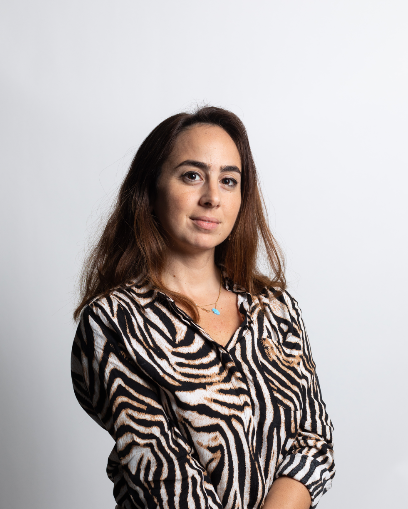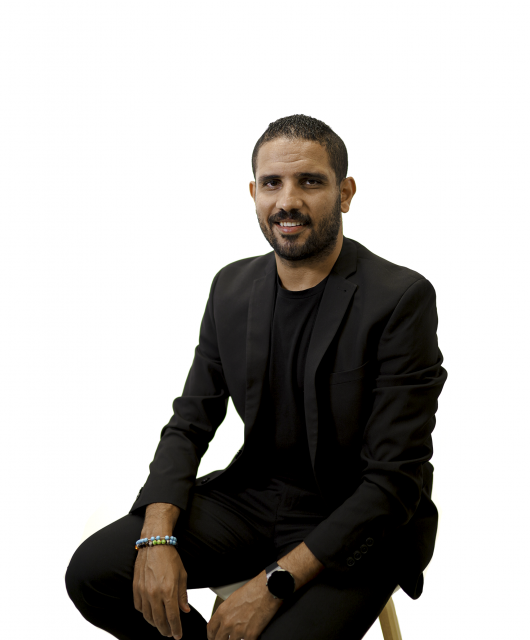Brands In COVID19: The Job Is Only Just Starting.
By Asad ur Rehman – Director Media MENA, Turkey & Russia- Digital Transformation MENA at Unilever
The amount of change COVID19 has triggered in consumer behavior could equate work that otherwise would have taken billions of dollars and many years to take effect if it were to be orchestrated by way of an advertising campaign. Take for example accelerated adoption of ecommerce or of video-calls. This change also happens to have transpired at a time that coincides with perhaps of the most difficult of economic situations ever. If you work in media and advertising; you have felt the fear of your brand becoming irrelevant, the need to transform the brands meaningfully very-very quickly, and the pressure to do it most efficiently as the money has not been easy to justify – all this when you were adopting to transformed ways of working.
Just as some of us thought we are doing reasonably well, and are good to keep going, new challenges are to dawn upon us now. What COVID19 has been will most certainly be dwarfed by what post-COVID19 will be. There is uncertainty, there are speculations and prophecies, and there are also sensible data that points to a changed world of advertising and marketing. “Foresight” has never been such a widely talked-about topic ever in the world. This piece is not about that foresight.
It is, however, a reflection on what our work has had to go through in the past few weeks, what capabilities and abilities have been most useful, and what -out of those – are the ones we must continue to not only hold dear but build further, regardless of what the world might look like.
Technology has been and will remain our best friend.
I don’t want to use the word Digital Transformation because it refers to many things, but any and every piece of work done on brands in the past few weeks has had unprecedented support from one piece of technology or the other. I can’t think of a single aspect of our work where every technological tool given to us was not put to the toughest of tests. From something as simple as reassessing our team’s MS Excel capabilities, to automating and rolling out new processes, to putting our entire marketing technology suite (content creation and management, data management platforms, to consumer experience technologies) – it made us do all and at light-speed. We tested uses of some of the tools that I had previously thought beyond our required adoption. We did because “not doing it” was not an option.
We also were fortunate that our Digital Hub at Unilever MENA had been in place for over a year. Our Design, Data and Technology capabilities came in handy but tested our mettle, nonetheless.
Integrating all aspects of execution was imperative.
It is often said in our industry that specialism has led to fragmentation in execution capabilities. This subject has been at the heart of many debates, including the ones which have had the advertising agencies’ world debating its service offering, and holding companies redrawing their structures. In the past few weeks, whilst we may not have come up with a perfect “post-modern advertising” execution model, one thing has become very clear. We cannot have aspects of our execution operate in silos anymore.
This point is not about “in-housing vs outsourcing”. It is, however, about making sure you have a thread running through all aspects of your work. It is about building agile team structures that are empowered to operate with a vision in place. To me, where those team members sit, at an agency or in-house matters less – specially if we are all remote teams anyway!
Speed mattered.
Agility and speed have always been core to our discipline. COVID19 showed us what limits these terms could stretch to. We saw brands transform ecommerce capabilities overnight, we saw brands change their narrative and tone, and we saw media plans channel executions adopt to a world that we had not prepared for. The speed with which we did this had seldom been road-tested. I might be speaking for a few of us when I say that we surprised ourselves with our own ability to work with that agility.
Technology helped, humans did more.
Never at any point in my long life in media and communication, did I ever imagine that I will be working with people entirely remotely, without being in the same room ever. This will be true for most industries and individuals, but I think ours is a world that thrives on people and connections. We give each other energy, and we give each other ideas.
It was therefore important that we pay extra-ordinary attention to keeping the team tuned in. In ways we never thought we will. Making sure we keep the ideas bouncing and flowing, that we foster trust in the team members, and that we are sensitive to the ground realities of this changed life at the same time.
Whilst there have been countless pieces of literature on why Digital Transformation will be the most valuable outcome of COVID19, I think the most useful outcome of COVID19 will be the “transformed art of managing people and teams”. It is in the way that us humans adapted to change that no machine could have – no matter how smart. It is also important to know that what made use of the technology is the human work on knowing how our consumers were feeling, and to craft messages and communication that will strike the right chord in the times we are in.
A.I. will have a hard time replacing the human emotions that power our brands.
Whilst a lot has been done by brands in recent weeks, there is a lot that still needs doing. This work will sit in the area of `purpose, adoption of relevant technologies, or in how we use of data, and our renewed focus on fast changing consumer insights. The fun has only just started!





